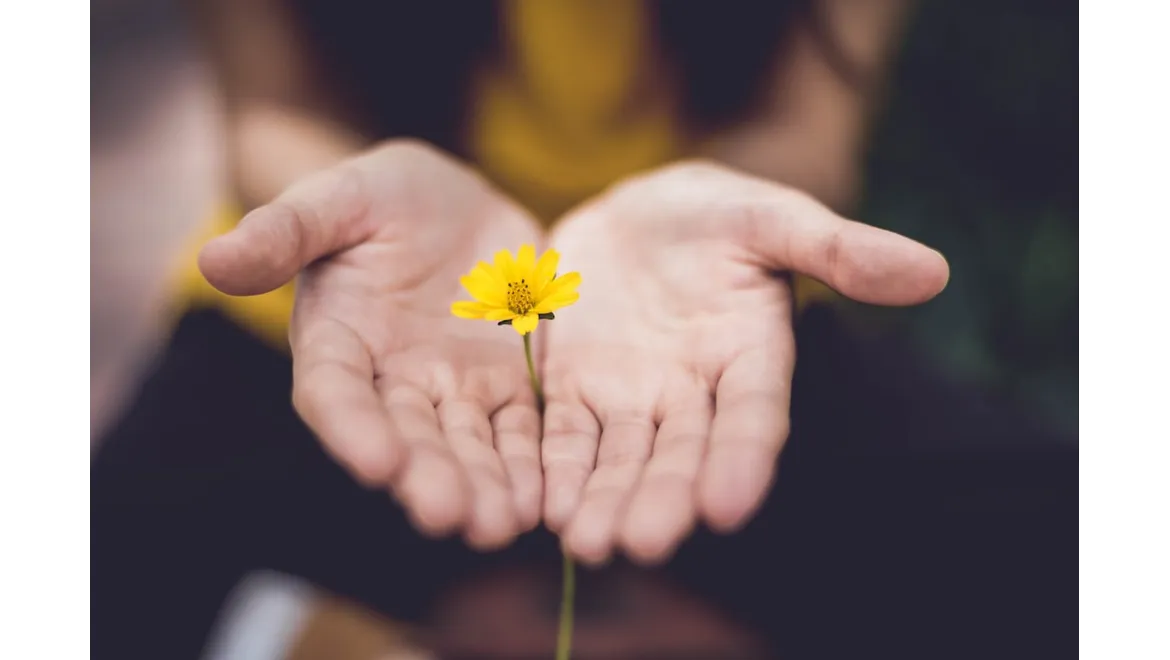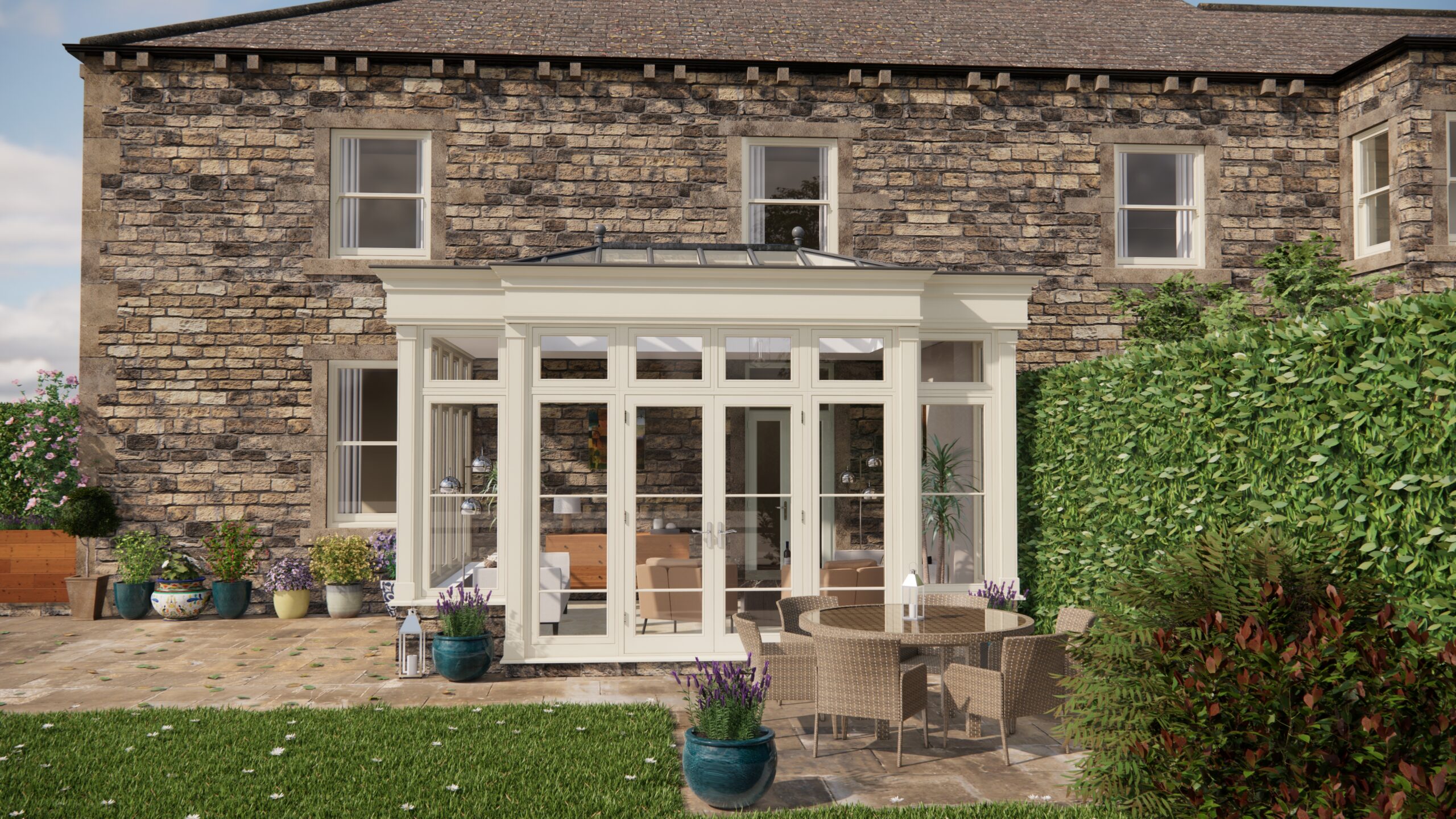Right, let’s be honest. When I first started trying to cultivate an indoor garden, I envisioned a lush, vibrant oasis of fresh herbs and colourful blooms. What I actually got was… a few sad-looking seedlings battling some mystery ailment. Thankfully, I didn’t give up, and through a lot of trial and (significant) error, I’ve finally found my green-fingered rhythm. And let me tell you, the boost to my well-being, both mentally and physically, has been incredible. So, grab a cuppa, and let’s delve into my journey, and how you can create your own thriving indoor garden sanctuary.
Setting the Stage: Space and Light
Before you even think about seeds, consider your space. Which room gets the most natural light? South-facing windows are generally ideal, but even a north-facing window can work if you supplement with grow lights. I found inexpensive LED grow lights make a huge difference, especially during the darker winter months. Think vertically too! Shelving units, hanging planters, even a repurposed ladder can transform a small space into a mini-jungle. I have a small herb garden on a shelf near my kitchen window, and it’s been a game changer for adding fresh flavours to my cooking. An orangery, should you be lucky enough to have one, would be the absolute dream – the natural light flooding in would be perfect.
Choosing Your Green Companions: Herbs, Veggies, and Flowers
Start small. Don’t overwhelm yourself with a vast array of plants. Herbs like basil, mint, and chives are fantastic for beginners – they’re relatively easy to grow and reward you with delicious flavours. Lettuce and spinach are also great choices for indoor vegetable gardening. For flowers, consider African violets or peace lilies; they thrive indoors and bring a touch of beauty to your space. Yoga surrounded by a beautiful indoor garden is a very peaceful experience.
Battling the Bugs: Natural Pest Control
Pests are inevitable, even indoors. But before you reach for harsh chemicals, try these natural solutions. Neem oil is my go-to for most pests. Dilute it with water (follow the instructions on the bottle) and spray it on your plants. Insecticidal soap is another excellent option, especially for aphids. If you spot whitefly, try hanging yellow sticky traps near your plants – they’re surprisingly effective. I’ve also had success with introducing beneficial insects like ladybugs, but that’s definitely a step for the slightly more experienced gardener.
Decoding Deficiencies: Nutrient Know-How
Yellowing leaves? Stunted growth? These could be signs of nutrient deficiencies. Invest in a good-quality liquid fertiliser specifically formulated for indoor plants. I feed my plants every two weeks during the growing season (spring and summer) and less frequently during the dormant months. Consider using a balanced fertiliser with equal parts nitrogen, phosphorus, and potassium (look for the N-P-K ratio on the label). Also, make sure your pots have drainage holes to prevent waterlogging, which can also lead to nutrient imbalances.
Creating a Healthy Home Environment
Remember, a healthy home environment benefits both you and your plants. Use natural cleaning products to avoid exposing your plants (and yourself) to harmful chemicals. Adequate ventilation is crucial – open windows regularly to allow fresh air to circulate. And don’t forget humidity! Many indoor plants thrive in higher humidity levels. You can increase humidity by grouping plants together, using a humidifier, or placing your pots on trays filled with pebbles and water.
Bringing it All Together
My indoor garden journey started with frustration, but it’s become a source of immense joy and well-being. From the satisfaction of harvesting fresh herbs to the calming effect of tending to my plants, it’s a hobby that nourishes both body and soul. Starting with the right space, a selection of easy-grow plant, natural pest control and nutrients will lead to a thriving indoor garden which can only improve your health and wellbeing. Don’t be afraid to experiment, learn from your mistakes, and most importantly, enjoy the process! The rewards of a flourishing indoor garden are well worth the effort. Good luck, and happy growing!


